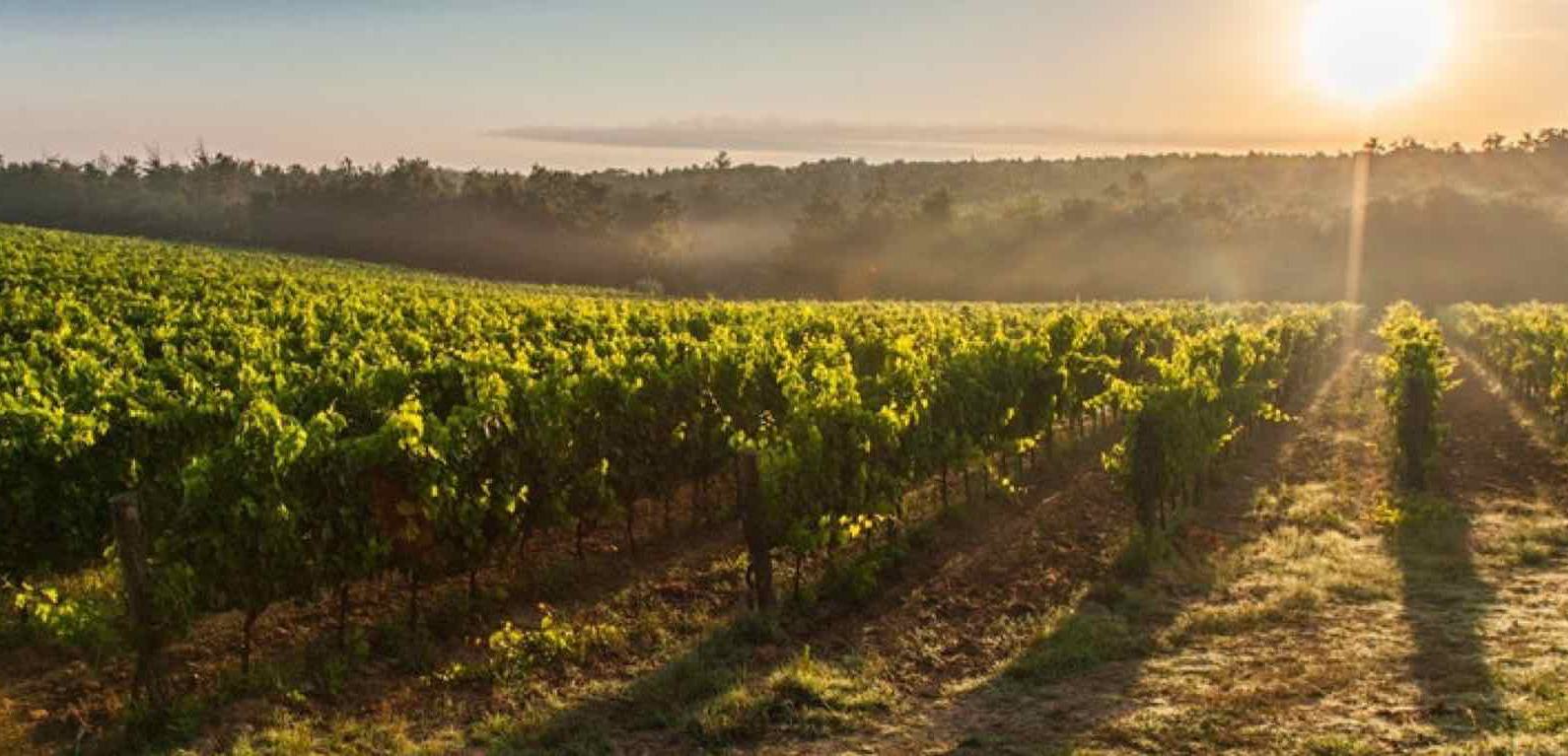
Better known for its beers than for its wines, viticulture in the Czech Republic has nonetheless made significant progress since the Velvet Revolution and particularly since the turn of the twentieth century. Today, aromatic white grapes such as Riesling and Gewürztraminer do well here, along with Sauvignon Blanc, Grüner Veltliner and a small number of red wine varieties.

The Czech Republic - known also by the name Czechia - is a landlocked country at the heart of Europe best known for its culture-steeped capital city, its fairy tale castles and its national parks. However, beyond the abundance of attractions that make Prague a firm favourite with travellers, this compact country has plenty more to offer. Whilst still a small industry, Czech wine has been consistently growing in size and reputation since the turn of the century. Years of communist rule in former Czechoslovakia led to the nationalisation of vineyards and wineries with a focus firmly on quantity rather than quality. However, following the formation of the new country in 1993, and with the support of government driven financial incentives, vineyards were replanted, cellars updated and winemakers enthused by a renewed focus on high quality viticulture. There are two distinct wine regions in the Czech Republic of which [Moravia](/region/moravia) is by far the most productive, yielding around 95% of the country’s wine grapes. This area experiences a largely continental climate with a mild and relatively dry growing season and plenty of intense summer sunshine. Grapes such as [Riesling](/riesling), [Pinot Gris](/pinot-gris) and [Sauvignon Blanc](/sauvignon-blanc) develop slowly in these conditions, balancing full flavours with natural acidity and delivering expressive, aromatic wines which are slowly beginning to gain recognition on the international stage. The other notable wine region is [Bohemia](/region/bohemia). This area of relatively few sporadically strewn vineyards makes up the final 5% of the nation’s production and has a long history of viticulture dating back to the sixteenth century. Nowadays, this picturesque region is home to a small number of family-run wineries who epitomise the romance and tradition of winemaking, whilst [Moravia](/region/moravia) produces the bulk of wines intended for both domestic sale and export. With a total area under vine of around twenty-thousand hectares, some recent success in international competitions and clear aspirations to increase exports to both Europe and the [United States](/country/usa), the Czech wine industry is definitely one to watch for the future.

The Bohemia wine region is located in the western part of the Czech Republic and is known for its long history of winemaking, dating back to the Middle Ages. The region produces a variety of wines, including white, red, and rosé, but is best know...
Read more ▸
The Moravia wine region is located in the eastern part of the Czech Republic and is the country's largest wine-producing region, accounting for around 95% of its total wine production. Moravia is known for its...
Read more ▸